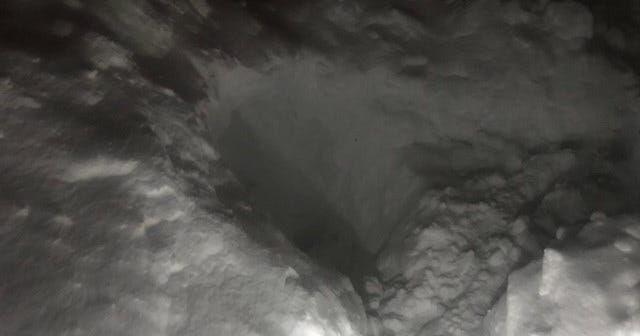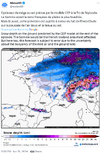Switzerland's WSL Institute for Snow and Avalanche Research, SLF, released its figures to the end of April in its Winter Review published this week.
It counts a destructive avalanche as one which leads to loss of life, injury or damages property.
All but one of the 19 people killed were participating in winter sports in unsecured terrain, classified either as backcountry (16) or off-piste (2).
The exception was a ski patroller who died on an open ski run when a huge slide swept across a piste in Crans Montana in February, as we reported at the time:
The deadliest single incident was the avalanche near Fieschertal in the Bernese Alps at the end of April which killed four ski tourers:
The 20-year average for deaths over a six-month winter period is 21.
The report describes a cluster of six fatal accidents in the western part of the northern flank of the Alps as 'striking'.






